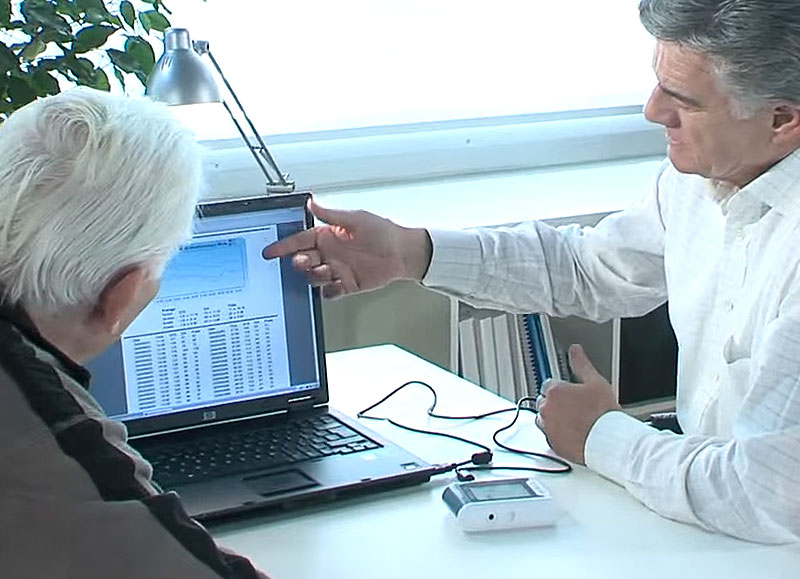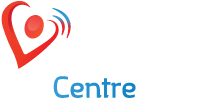24hr BP Monitoring
What is an Ambulatory Blood Pressure Monitoring?

An Ambulatory Blood Pressure Monitoring also called an ABPM is when your blood pressure is being measured as you move around, living your normal daily life
Ambulatory Blood Pressure Monitoring (ABPM) is when your blood pressure is being measured as you move around, living your normal daily life. It is normally carried over 24 hours. It uses a small digital blood pressure machine that is attached to a belt around your body and which is connected to a cuff around your upper arm. It is small enough that you can go about with your normal daily life and even sleep with it on.
Why might I need a 24hr blood pressure monitor?
By measuring your blood pressure at regular intervals over 24 hours, your doctor is able to get a clear understanding of how your blood pressure changes throughout the day. There are a number of reasons why your doctor might suggest this test:
- They may want to find out if your high blood pressure readings in the clinic are much higher than they are away from the clinic (called the “white coat effect”).
- They may want to see how well your medicines are working, to make sure they are controlling your blood pressure through the day.
- They may want to see if your blood pressure stays high at night. If this is the case, they may need to change or adjust your medicines.


What happens during 24-hour blood pressure monitoring?
Normally an appointment will be scheduled for you and the machine will be fitted at Echo Heart Centre by a trained personnel.
A 24-hour blood pressure measurement is just the same as a normal blood pressure check: a digital machine takes your blood pressure by inflating a cuff around your upper arm and then slowly releasing the pressure. The machine is small enough to be worn on a belt on your waist while the cuff stays on your upper arm for the full 24 hours.
The machine then takes blood pressure readings at regular intervals throughout the day: usually, every 30-60 minutes during the daytime and 60 minutes at night. You will need to keep the monitor on throughout the night – you could put the machine under the pillow or on the bed while you sleep.
Because the test is being carried out to find out what your normal daily blood pressure is, it is important to carry on with your normal routine and do all the things you would normally do. The only things you should avoid doing for the day are swimming and having a bath or shower.
At the end of the 24 hours you will be required to return the monitor to Echo Heart Centre and the data stored will be analysed by the Doctor and a report of the 24 hr blood pressure will be provided to you.
Upcoming Services
Holter Analysis
In medicine, a Holter monitor is a portable device for continuously monitoring various electrical activity of the heart for at least 24 hours (often for 7 days at a time). The Holter's most common use is for monitoring heart activity (electrocardiography or ECG). Its extended recording period is sometimes useful for observing occasional cardiac arrhythmias (abnormal heart electrical activity), in symptomatic patients, which would be difficult to identify in a shorter period of time. For patients having more transient symptoms, a cardiac event monitor which can be worn for a month or more can be used.
Pediatric Echocardiography
Pediatric Echocardiography, commonly referred to as pediatric echo, is today the primary imaging tool in the diagnosis and assessment of heart diseases in infants and children. This specialised procedure, which uses high frequency ultrasound, is mainly used for the detection of congenital heart disease (heart defect present at birth). This technique is also used for the evaluation of murmurs and is an essential tool to evaluate the effectiveness of medical therapy and surgical treatments.
